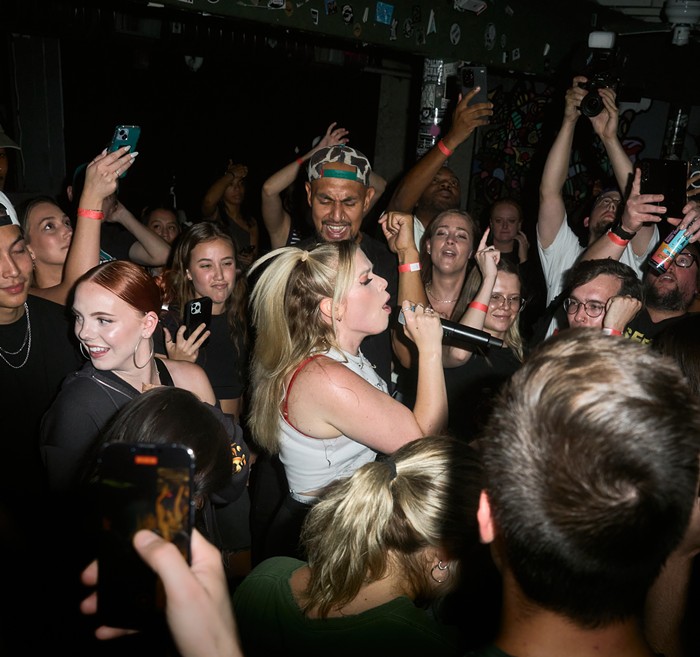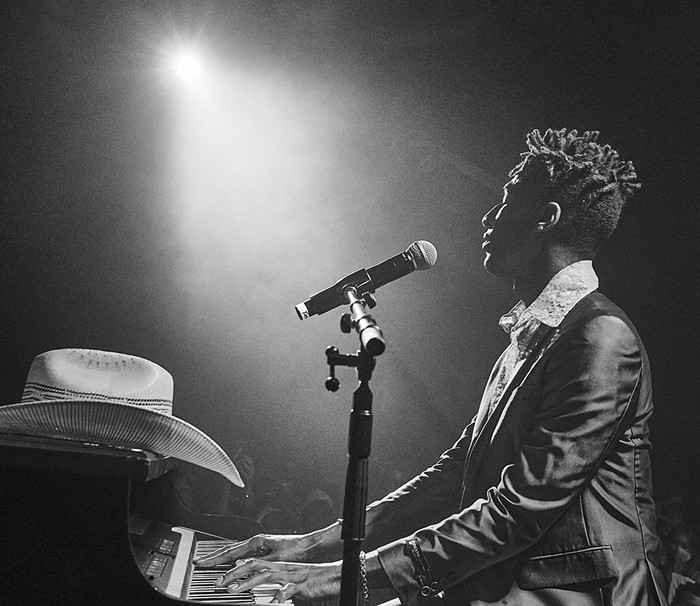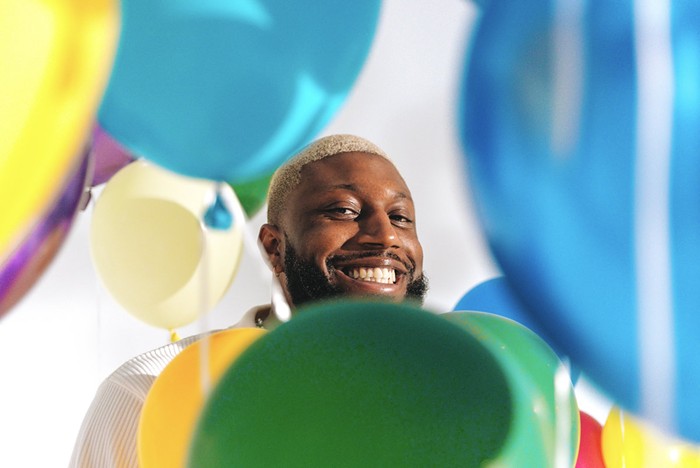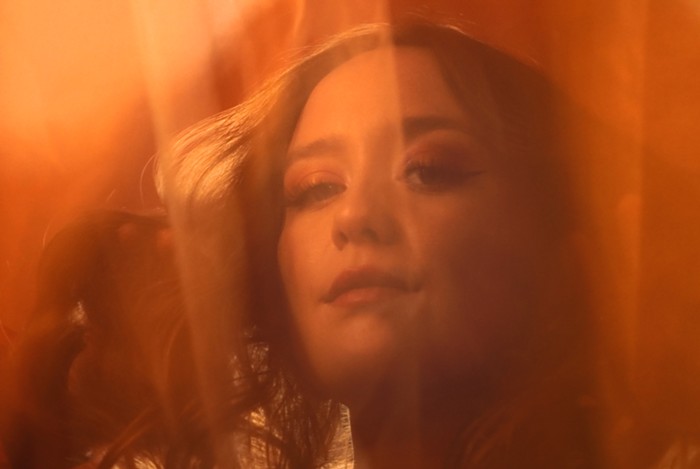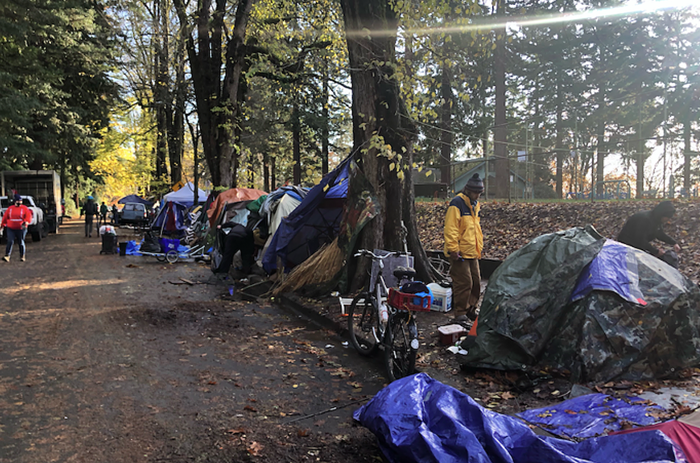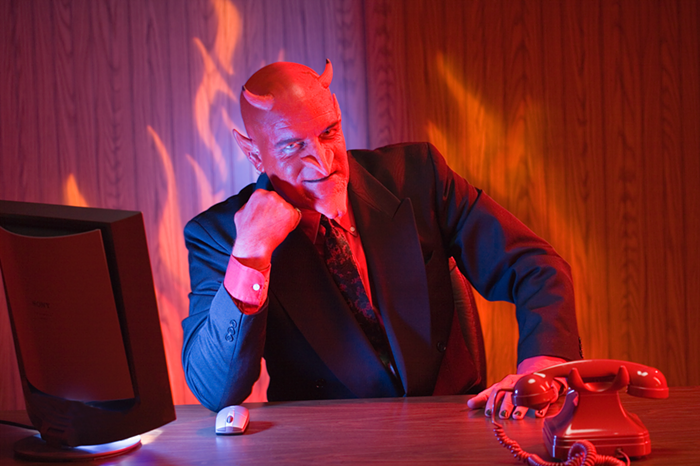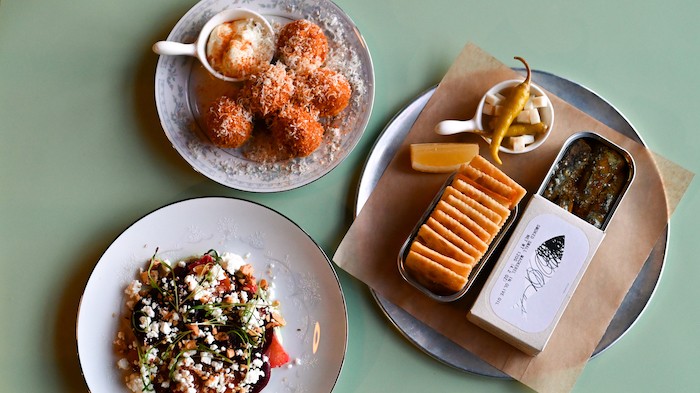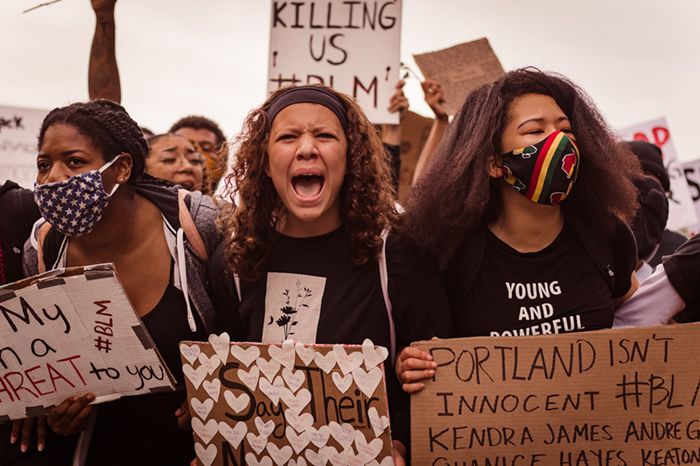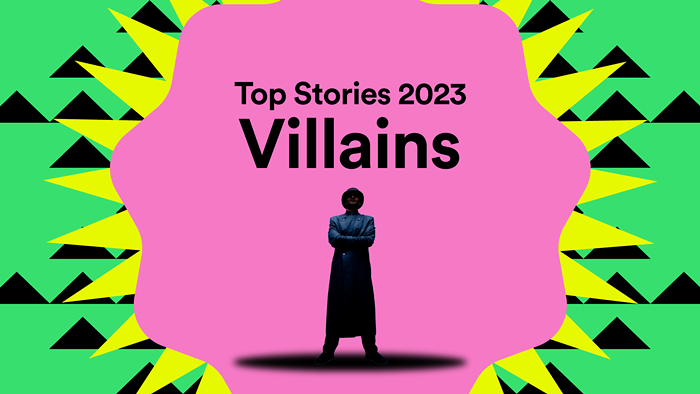Finding her voice as a pop singer took a while for Lydia Ainsworth. Growing up, she would happily sing along with her favorite requiems or whatever pop songs were on the radio. But she became quickly self-conscious after hearing a recording of her voice.
“It shocked me,” she says, speaking from her home in Toronto. “‘Oh my god... that’s what I sound like?’ I remember reverting to being really shy about it.”
Once she was in college, studying music and composition at both Montreal’s McGill University and New York University, she brought her voice back into the equation. Encouraged by one of her teachers, the experimental artist Joan La Barbara, Ainsworth started adding wordless vocals as texture to the film scores she was writing. Then she was urged to perform at a friend’s house party and decided to start writing some songs with lyrics for the occasion.
Since then, Ainsworth has evolved into one of the most fascinating electronic pop/future R&B artists around. Her 2014 debut album Right from Real was recorded primarily in her apartment, with multi-tracked vocals (some inspired by the close harmonies heard in Bulgarian folk music) and pop-locking beats augmented by the languid sounds of a string section. The record was a breakout success, earning Ainsworth a nomination for Electronic Album of the Year at the Juno Awards and invites to LA to write material for other artists.
What came out of those efforts are the fleshier, more widescreen compositions that make up her follow-up Darling of the Afterglow. Released in January, the album is an enveloping work that brings along the same orchestral elements from her previous work but shoots for far more accessibility with bouncy cuts like the banjo-inflected “What Is It?” and a cover of Chris Isaak’s 1989 hit “Wicked Game,” as well as an attempt to elicit much more immediate emotional responses from listeners.
“I had never really performed before recording the songs on the first album,” Ainsworth says. “I was recording them in a bedroom and not thinking about how they’d sound in a live setting. It was evident that I needed to project these feelings onto an audience. I’m not just whispering into a laptop anymore.”
As she’s grown into the role of live performer, she’s started to see the possibilities of what can happen on stage. On early tours she would often play sets alone, accompanying herself on laptop and keyboards. Later, she would surround herself with string players and play the role of a performing conductor. These days, Ainsworth likes to add a little more spectacle, bringing up dancers and, at one memorable show, performing with a snake.
For this tour, the ensemble on stage will change almost every night. At each stop, Ainsworth will be backed up by a group of local string players and other artists, rehearsing with them pre-show. And she’ll be focusing on becoming more of a presence every night.
“I’m trying to be more free with my movements,” she says. “As I’ve performed more and more recently I’ve become less inhibited on stage. I don’t have to just stand behind a keyboard. I’m much more comfortable now.”
